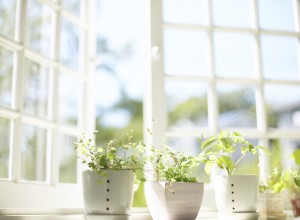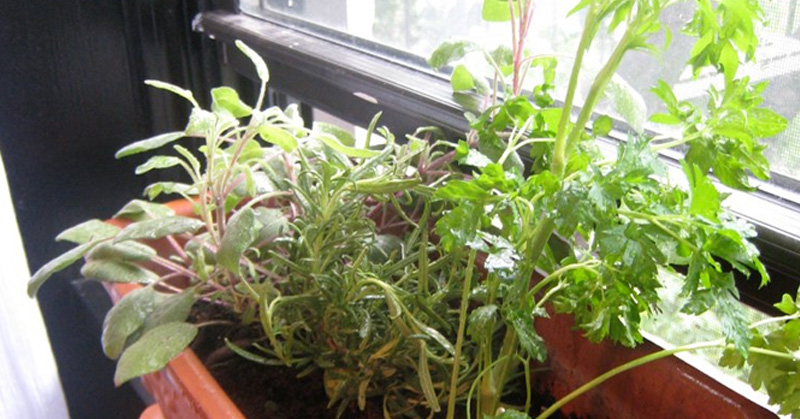One of the questions I get asked most often when it comes to eating naked is “how do you eat naked on a budget?” There’s certainly the impression that real food is more expensive than over-processed junk.
Sadly, real food is often more expensive than the other stuff. Grass-fed beef costs more than feedlot beef. Organic heirloom tomatoes cost more than the cardboard-y uniform ones you find in major supermarkets. And a happy meal costs a fraction of what dinner at a restaurant serving fresh food would cost.
But don’t fret. This is only part of the picture.
For one, you are what you eat. If you’re sick and overweight (which more and more of us are), you’ve got to look at your diet. Let’s face it: being sick isn’t cheap. One of the most powerful things you can do for your health is to eat real food. What’s the saying? Pay the grocer now or the doctor later. I’m definitely with the former. A little short-term investment in your food will go a long way to prevent massive health care costs down the road.
As a nice bonus, when you’re eating real, naked food you simply don’t need to eat as much to feel full and satiated. No empty calories here – it’s all nutrient-dense and vital. When you’re truly nourished, the volume of food you need decreases significantly, as does the cost of those groceries.
Today, guest blogger Elizabeth Baker from FrugalDad.com shares with us how to reduce the cost of some of your produce even more with a kitchen garden – one that’s manageable and works within your lifestyle and the size/setup of your kitchen. What better way to save on your food than to grow some of it yourself!
~~~~~~~~~~
 Are you trying to get fresh ingredients into the kitchen but have been burned by gardening in the past? “Kitchen gardens” provide you with the convenience and homegrown self-sufficiency of a garden on a smaller scale. Head to your local hardware store with coupons from sites such as Coupon Cravings and pick up a few inexpensive basics – you’ll start saving money with every dish you serve! All you need is a countertop, a few pots, and the know-how!
Are you trying to get fresh ingredients into the kitchen but have been burned by gardening in the past? “Kitchen gardens” provide you with the convenience and homegrown self-sufficiency of a garden on a smaller scale. Head to your local hardware store with coupons from sites such as Coupon Cravings and pick up a few inexpensive basics – you’ll start saving money with every dish you serve! All you need is a countertop, a few pots, and the know-how!
Start Small
As The Daily Green points out, many new gardeners get in over their heads by sowing more plants than they can tend. This can lead to spoiled heirlooms, wilted basil, and wasted money. Both in the size of space and scale of plant, smaller is easier to manage. A handful of cherry tomatoes or a few shoots of chives are easier to grow than heirlooms or onions. Plus, they’re much more charming for your countertop!
Plant with the Kitchen in Mind
If you’re going to have plants at hand, it only makes sense to have the fresh ingredients that you’ll use the most be growing by your side. Herbs like basil, mint, and parsley both serve the flavor and presentation of your dish, and they’re relatively easy to grow! Just pot them in rich, well-draining soil, and try to avoid watering them too often or over-fertilization. Also, remember that most culinary herbs peak in flavor before they flower, once that happens, the full leaves fall and are replaced by smaller, bitter ones.
No Natural Light? No Problem!
If your kitchen or other selected space doesn’t have enough natural light, don’t go out and buy an expensive grower’s light. Opt for your old Christmas lights instead! LED lights are energy-efficient, and most people have them lying around. What’s more, their flexibility can work into any seeder unobtrusively. If not available nearby, clear Christmas lights are usually for sale around $5, but they can save you up to $45 a year! And since they use such little energy, you can light your plants without worry for the environment.
The real charm of kitchen gardens lies in their duality: ornament and function. Not only can you be inspired by the flavor and aroma in your own home, but also you get to use those very same factors in the dishes you create. What’s more, since you’re doing the growing, you don’t have to buy them in-store! The kitchen garden is the solution to the prospective gardener’s lack of space and experience!
About the contributor: Elizabeth Baker is a lover of all things frugal – she is passionate about food, gardening, and leading a healthy life without spiraling into debt. She regular contributes to frugal finances site, Frugal Dad.




Hi Elizabeth,
Thanks for this article. I love growing food and since I live in Canada, I’m only able to that in the summer months. I had no idea Christmas lights could work as sun light. I’m going to try that in my kitchen this winter!
Great Ideas!! I have raised mulch garden beds in the backyard but I also have a garden window on the south wall of my kitchen. As the name implies, I could and will be growing a garden there as well!
Thank you!